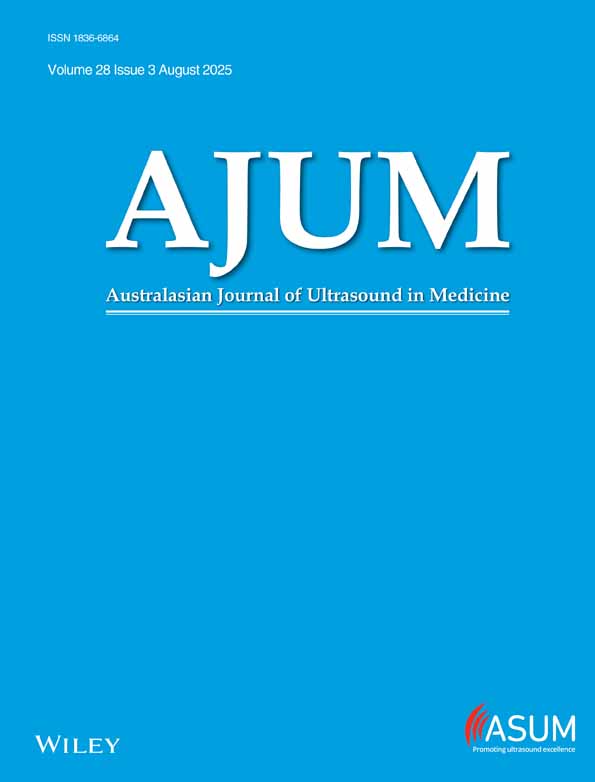Impact of mild hypercapnia on left ventricular global longitudinal strain in comatose adults resuscitated after out-of-hospital cardiac arrest: A single-centre, pre-planned exploratory, cohort sub-study of the mild hypercapnia versus normocapnia after out-of-hospital cardiac arrest (TAME) randomised trial
Abstract
Introduction
The effect of hypercapnia on cardiac function in adults resuscitated after cardiac arrest is not well understood. We investigated the effects of mild hypercapnia (PaCO2 50–55 mmHg) compared to normocapnia (PaCO2 35–45 mmHg) on left ventricular (LV) systolic function using global longitudinal strain (GLS) in resuscitated out-of-hospital cardiac arrest (OHCA) patients.
Methods
We performed a pre-planned single-centre, prospective, exploratory sub-study of the Targeted Therapeutic Mild Hypercapnia After Resuscitated Cardiac Arrest (TAME) trial. Two transthoracic echocardiograms were performed in mild hypercapnia and normocapnia groups – first, within 24 h during intervention and second, 24–72 h after return of spontaneous circulation. The GLS was compared between and within the groups.
Results
We studied 13 TAME patients—six in the mild hypercapnia and seven in the normocapnia group. The GLS was low in both groups during and after the intervention period. During hypercapnia, the mild hypercapnia group had worse median GLS compared to the normocapnia group [−10.2% (Q1–Q3: −11.5 to −8) vs. −14.2% (Q1–Q3: −15.2 to –11.2), P = 0.046]. The median GLS did not improve significantly after restoring normocapnia in the mild hypercapnia group [−10.2% (Q1–Q3: −11.5 to –8) to −11.6% (Q1–Q3: −12.1 to –7.8); P = 0.63]. Repeated measures mixed-effects regression showed no significant worsening of GLS due to hypercapnia [−2.7% (95% CI: −0.7 to 6.03), P = 0.12].
Conclusion
In this exploratory sub-study, adults resuscitated after OHCA had persistent LV dysfunction even after the cessation of mild hypercapnia. Mild hypercapnia did not significantly impair LV systolic function, although mild persistent LV systolic dysfunction cannot be ruled out in this small study.
Conflict of interest
None to declare.




